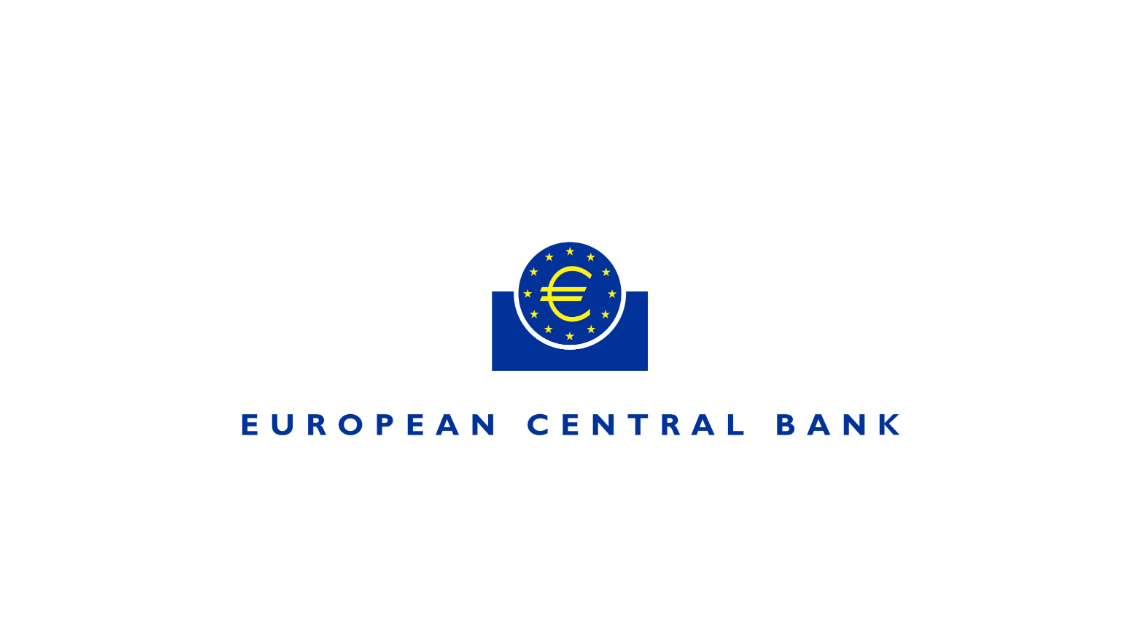PBOC Charts 2025 Blueprint: Liquidity, Reform, and Strategic Focus
China's central bank is setting the stage for a pivotal 2025, as Governor Pan Gongsheng of the People's Bank of China (PBOC) outlined a clear and precise strategy at the 2024 Annual Conference of the China Society for Finance and Banking. With a focus on liquidity stability, structural reform, and long-term strategic resilience, the PBOC aims to support the country's economic transformation amid global uncertainties.
////
Strengthening Liquidity for Targeted Growth
ONE

The PBOC's commitment to maintaining ample liquidity will not simply ensure stability but actively channel resources to critical sectors, including technological innovation, green finance, and consumer-driven growth. To complement this strategy, the central bank plans to lower financing costs for enterprises and households, ensuring capital flows into areas of high-impact innovation.
Starting January 2025, the PBOC will implement a new statistical framework for M1 money supply by incorporating personal demand deposits and non-bank payment institution reserves. This reform reflects the growing complexity of liquidity in a digital economy and is intended to provide a more accurate understanding of financial flows.
Pan also underscored the role of countercyclical regulation in mitigating economic fluctuations, ensuring liquidity remains adaptable while supporting the broader economic goals of innovation and stability.
////
Evolving China's Monetary Policy Framework
TWO
A cornerstone of the PBOC's strategy involves the ongoing refinement of its monetary policy framework. Pan emphasized the importance of using interest rates as a central lever, strengthening transmission mechanisms, and diversifying policy tools to adapt to a rapidly changing financial landscape.
This evolution also includes optimizing structural monetary tools to address key areas such as real estate stability and capital market development. By doing so, the PBOC seeks to balance near-term economic challenges with the strategic imperatives of sustainable growth.
////
Drawing on Experience for Future Innovation
THREE
In his keynote address, Yi Gang, President of the China Society for Finance and Banking, reflected on China's decades-long journey toward interest rate marketization. The transition from administrative controls to a fully market-oriented system has established a solid foundation for monetary policy adjustments that are both effective and responsive to global economic shifts.
Building on this progress, Pan highlighted the critical role of collaboration between academia, policymakers, and financial institutions. Such partnerships will drive theoretical innovation and offer practical solutions for evolving challenges.
////
A Roadmap for Resilience
FOUR
As China steps into 2025, its monetary policy will play a pivotal role in shaping economic resilience and global financial leadership. With a focus on enhancing systemic efficiency, leveraging innovation, and deepening reforms, the PBOC's strategy promises to create opportunities for both domestic and international stakeholders.
By aligning liquidity management with structural reforms, the PBOC aims to create a dynamic yet stable financial ecosystem—one capable of fostering growth, innovation, and long-term prosperity for China and the global economy.





















































First, please LoginComment After ~